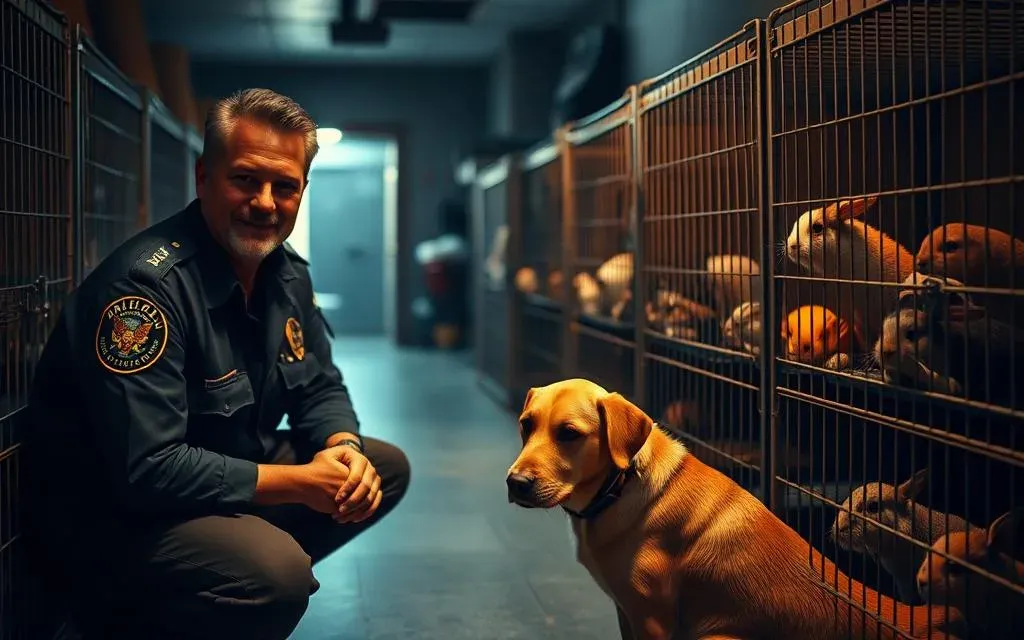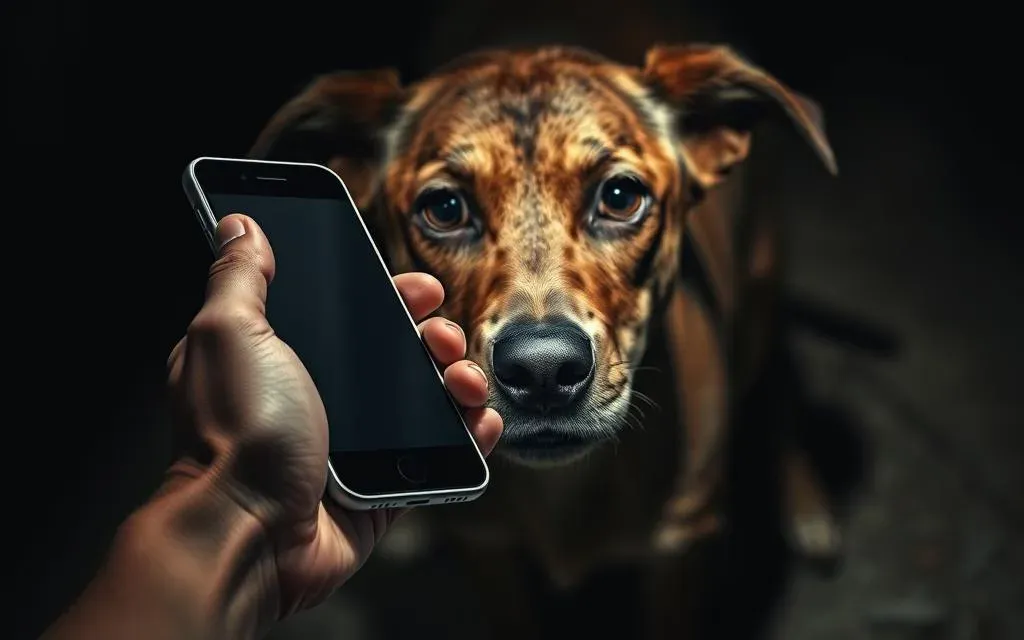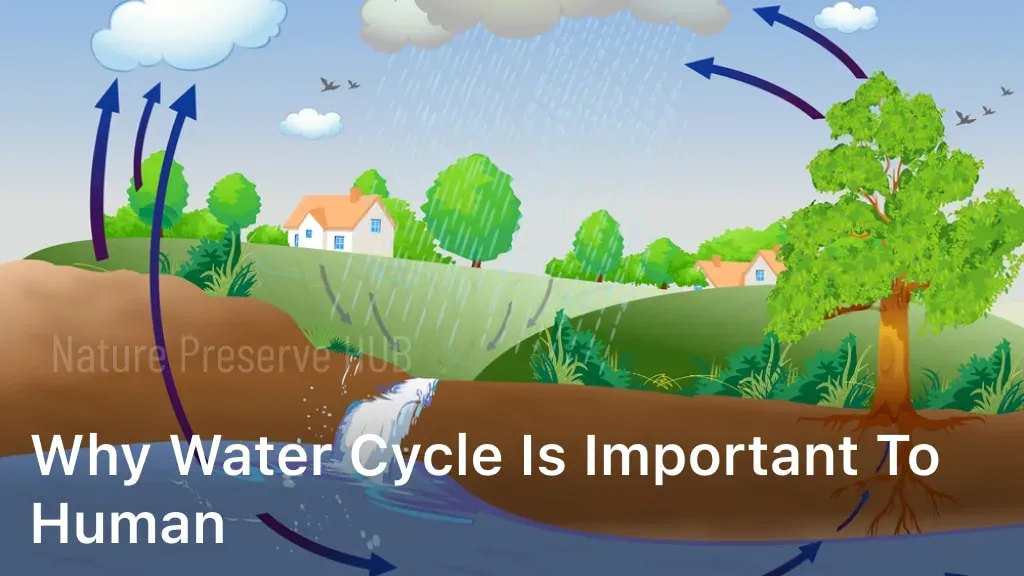Have you ever wondered what you can do to make a difference in the lives of animals in need? Taking action today can save lives and prevent further harm. When you witness mistreatment, your voice becomes a powerful tool for change.
Reporting suspected cases is not just about speaking up—it’s about empowering local authorities to act swiftly. By documenting details like dates, times, and visual evidence, you provide the necessary information to help those who cannot help themselves.
Every report matters. Your effort can stop abuse and ensure animals receive the care they deserve. Together, we can create a safer environment for all living beings. Let’s take action today and make a lasting impact.
Table of Contents
ToggleIntroduction to Animal Abuse and Neglect
Understanding the scope of animal cruelty is the first step toward making a difference. It’s not just about recognizing the signs but also knowing how to respond effectively. Every case of mistreatment highlights the need for community awareness and action.
Defining Animal Cruelty and Neglect
Animal cruelty includes both direct abuse and neglect. Direct abuse involves physical harm, such as beating or intentional injury. Neglect, on the other hand, refers to failing to provide basic needs like food, water, shelter, or veterinary care. Examples include tethering animals for long periods or hoarding them in unsanitary conditions.
The Importance of Reporting for Community Safety
When a person witnesses suspected cruelty, their role in reporting it is vital. Law enforcement and local agencies rely on these reports to intervene and protect animals. By documenting details and providing evidence, individuals help ensure that animals receive the care they deserve.
Understanding local laws is crucial. Agencies work within these laws to address cruelty effectively. Together, awareness and action can create safer environments for both animals and communities.
Recognizing the Signs of Animal Cruelty
Recognizing the signs of mistreatment can help protect vulnerable animals. By knowing what to look for, we can take action to ensure their safety and well-being. Here are some key indicators to watch for.
Identifying Neglect and Inadequate Shelter
Neglect often manifests in visible ways. A dog or cat may appear emaciated, with visible wounds or poor grooming. Inadequate shelter is another red flag, especially during extreme weather. Animals left without proper protection are at risk of harm.
- Emaciation or visible ribs on a dog or cat.
- Untreated injuries or infections.
- Lack of shelter in harsh weather conditions.

Spotting Direct Abuse and Physical Violence
Direct abuse is often more obvious but can still go unnoticed. Signs include limping, bruising, or fearful behavior in a dog or cat. Animals may cower or avoid human contact if they’ve experienced physical violence.
- Visible bruises or scars on the animal’s body.
- Limping or difficulty moving.
- Extreme fear or aggression toward people.
Environmental Red Flags and Animal Hoarding
Environmental factors can also signal mistreatment. Hoarding cases often involve excessive numbers of animals in cramped, unsanitary spaces. Debris, feces, and lack of basic care are common in these situations.
- Too many animals in a small area.
- Visible filth or hazardous conditions.
- Animals showing signs of malnutrition or illness.
By staying alert to these signs, we can help address cruelty cases and ensure animals receive the care they deserve. Every observation matters in protecting their well-being.
How to Report Animal Abuse or Neglect
Taking action against mistreatment starts with accurate documentation and informed decisions. Providing factual information is essential for rescue operations and investigations. By gathering reliable details, you empower agencies to act swiftly and effectively.
Gathering Factual Information and Evidence
Start by documenting specific observations. Include dates, times, and clear photographs or videos captured from public areas. Visual evidence is crucial for building a strong case.
- Record the exact date and time of the incident.
- Take clear photos or videos to support your observations.
- Collect witness contact details for additional verification.

Selecting the Appropriate Local Agency or Authority
Choosing the right agency is vital. Contact animal control or dial 911 in emergencies. Local laws guide these agencies, so understanding regional protocols ensures effective intervention.
- Call your local animal control office for non-emergencies.
- Dial 911 if the situation requires immediate attention.
- Provide all documented details to assist in the investigation.
Every detail matters. From the time of observation to the specific location, your input helps create a safer environment for animals in need. Together, we can make a difference.
Navigating the Reporting Process
Clear documentation and communication are key to effective intervention. When reporting a case, every detail matters. Accurate records help law enforcement and control agencies take swift action.
Documenting Dates, Times, and Specific Observations
Start by noting the exact date and time of the incident. Include specific observations like the animal’s condition and the environment. Photos or videos from public areas can strengthen your case.
- Record the exact date and time of the incident.
- Take clear photos or videos to support your observations.
- Collect witness contact details for additional verification.
Tips for Effective Communication with Law Enforcement
When speaking with police or a control agency, remain calm and respectful. Provide all documented details to assist in the investigation. Follow up if no action occurs to ensure the case receives attention.
- Maintain a log of who was contacted and their response.
- Speak with the assigned officer for updates.
- Stay cooperative and patient throughout the process.
By working together with law enforcement and humane societies, we can address cruelty cases effectively. Your efforts ensure animals receive the care they deserve.
Conclusion
Taking a stand against cruelty starts with each of us. When we make the decision to act, we become an authority in our community. Someone’s voice can save lives and bring justice to those who cannot speak for themselves.
Recognizing signs and documenting details are critical steps. Reporting to law enforcement ensures that animals receive the care they deserve. Together, we can make a difference by standing up for what’s right.
Every action counts. When we take responsibility and share our observations, we empower those who protect vulnerable animals. Let’s make our communities safer and more compassionate for all.
FAQ
What constitutes animal cruelty or neglect?
Animal cruelty includes intentional harm, such as physical violence, while neglect involves failing to provide basic needs like food, water, or shelter. Both are serious offenses that require immediate attention.
Why is reporting animal cruelty important for our community?
Reporting helps protect vulnerable animals and ensures community safety. It also holds offenders accountable and prevents further harm to animals and people.
How can we identify signs of animal neglect?
Look for malnourishment, untreated injuries, lack of shelter, or unsanitary living conditions. These are clear indicators that an animal may be suffering from neglect.
What should we do if we witness direct abuse?
Document the incident with dates, times, and specific details. Contact local law enforcement or an animal control agency immediately to ensure swift action.
How do we report suspected animal hoarding?
Hoarding often involves multiple animals in poor conditions. Report it to local authorities or a humane society, providing as much evidence as possible to support the case.
What information should we gather before reporting?
Collect factual details like the location, description of the animal, and any observed abuse or neglect. Photos or videos can strengthen your case.
Which agency should we contact to report animal cruelty?
Reach out to local animal control, law enforcement, or a humane society. They have the authority to investigate and take necessary action.
How can we effectively communicate with authorities?
Be clear, concise, and provide specific details. Stay calm and cooperative to ensure your report receives proper attention.
What happens after we file a report?
Authorities will investigate the case. Follow up if necessary, and provide additional information if requested to aid in the process.
Can we remain anonymous when reporting?
Yes, many agencies allow anonymous reporting. Check with your local authority to confirm their policies on confidentiality.
















